Abarth 500 595 695 vs BMW i7 – Differences & prices compared
Both models have their strengths – but which one suits you more?
Compare performance, efficiency, price and space directly: Abarth 500 595 695 or BMW i7?
Costs and Efficiency:
Price and efficiency are often the first things buyers look at. Here it becomes clear which model has the long-term edge – whether at the pump, the plug, or in purchase price.
Abarth 500 595 695 has a clearly advantage in terms of price – it starts at 32600 £, while the BMW i7 costs 99200 £. That’s a price difference of around 66609 £.
In terms of energy consumption, the advantage goes to the Abarth 500 595 695: with 17.10 kWh per 100 km, it’s slight more efficient than the BMW i7 with 18.50 kWh. That’s a difference of about 1.40 kWh.
As for range, the BMW i7 performs significantly better – achieving up to 624 km, about 359 km more than the Abarth 500 595 695.
Engine and Performance:
Power, torque and acceleration are the classic benchmarks for car enthusiasts – and here, some clear differences start to show.
When it comes to engine power, the BMW i7 has a significantly edge – offering 659 HP compared to 155 HP. That’s roughly 504 HP more horsepower.
In acceleration from 0 to 100 km/h, the BMW i7 is significantly quicker – completing the sprint in 3.70 s, while the Abarth 500 595 695 takes 7 s. That’s about 3.30 s faster.
In terms of top speed, the BMW i7 performs distinct better – reaching 250 km/h, while the Abarth 500 595 695 tops out at 155 km/h. The difference is around 95 km/h.
There’s also a difference in torque: BMW i7 pulls significantly stronger with 1100 Nm compared to 235 Nm. That’s about 865 Nm difference.
Space and Everyday Use:
Cabin size, boot volume and payload all play a role in everyday practicality. Here, comfort and flexibility make the difference.
Seats: BMW i7 offers somewhat more seating capacity – 5 vs 4.
In curb weight, Abarth 500 595 695 is clearly lighter – 1410 kg compared to 2595 kg. The difference is around 1185 kg.
In terms of boot space, the BMW i7 offers significantly more room – 500 L compared to 185 L. That’s a difference of about 315 L.
When it comes to payload, BMW i7 clearly perceptible takes the win – 535 kg compared to 385 kg. That’s a difference of about 150 kg.
Who comes out on top?
Overall, the BMW i7 shows itself to be outperforms in nearly all aspects and secures the title of DriveDuel Champion.
It convinces with the more balanced overall package and proves to be the more versatile choice for everyday use.
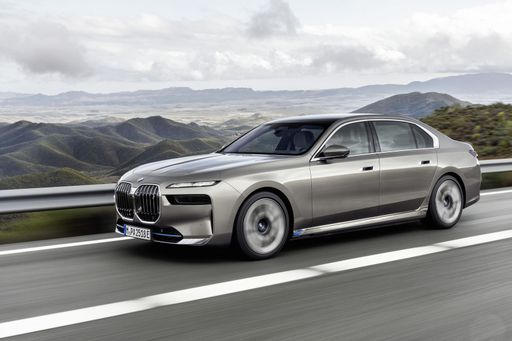 @ BMW Group Press
@ BMW Group Press
BMW i7
Abarth 500 595 695
The Abarth 500, particularly in its 595 and 695 renditions, captures the spirit of Italian motoring with its compact yet aggressive design. Known for its lively performance and distinctive styling, this little powerhouse is a joy to drive, offering an engaging experience that appeals to enthusiasts. With its rich motorsport heritage, the Abarth 500 embodies the essence of fun and excitement on both the streets and the race track.
details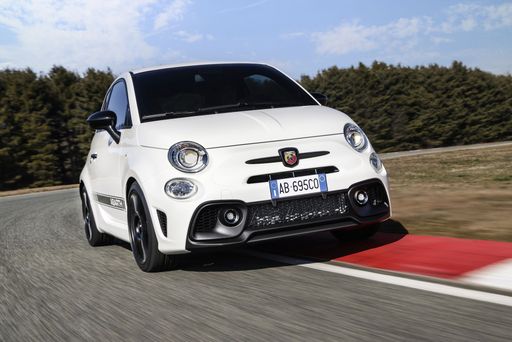 @ Abarth / Stellantis Media
@ Abarth / Stellantis Media
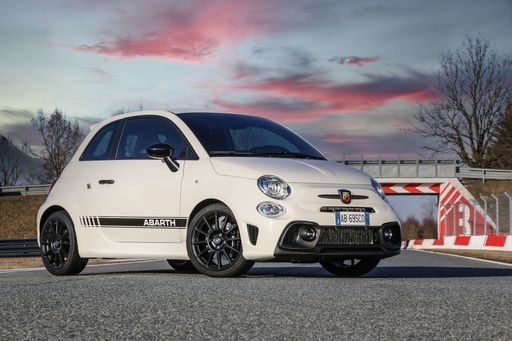 @ Abarth / Stellantis Media
@ Abarth / Stellantis Media
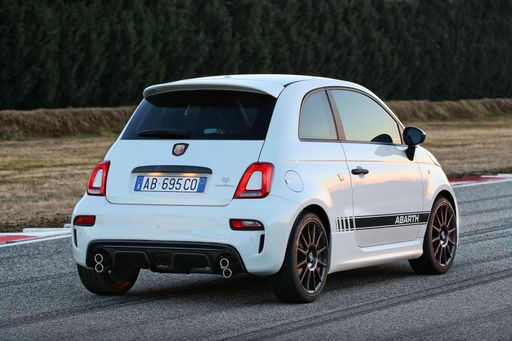 @ Abarth / Stellantis Media
@ Abarth / Stellantis Media
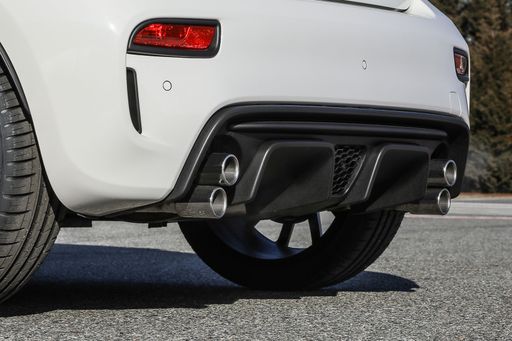 @ Abarth / Stellantis Media
@ Abarth / Stellantis Media
 @ Abarth / Stellantis Media
@ Abarth / Stellantis Media
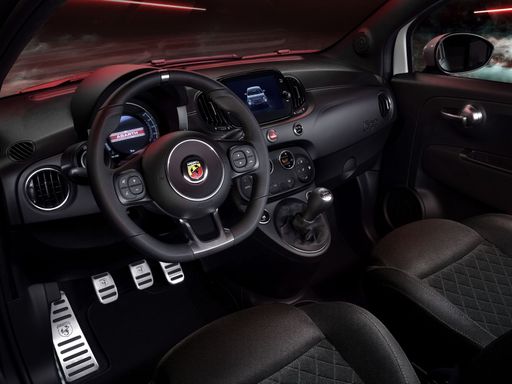 @ Abarth / Stellantis Media
@ Abarth / Stellantis Media
BMW i7
The new BMW i7 epitomises luxury and innovation, seamlessly blending advanced technology with elegant design. Its interior offers an unparalleled experience, with premium materials and cutting-edge features that create a tranquil yet engaging atmosphere for both driver and passengers. The i7's performance is both dynamic and efficient, demonstrating BMW's commitment to sustainable driving without compromising on the exhilarating drive the brand is known for.
details @ BMW Group Press
@ BMW Group Press
 @ BMW Group Press
@ BMW Group Press
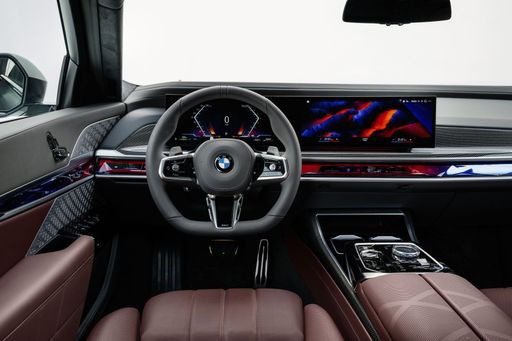 @ BMW Group Press
@ BMW Group Press
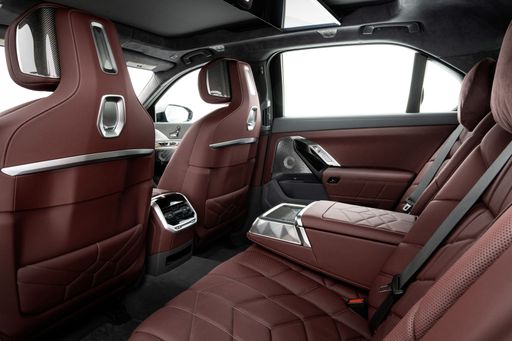 @ BMW Group Press
@ BMW Group Press
 @ Abarth / Stellantis Media
@ Abarth / Stellantis Media
|
 @ BMW Group Press
@ BMW Group Press
|
|
|
|
Costs and Consumption |
|
|---|---|
|
Price
32600 - 39400 £
|
Price
99200 - 157000 £
|
|
Consumption L/100km
-
|
Consumption L/100km
-
|
|
Consumption kWh/100km
17.1 - 18.8 kWh
|
Consumption kWh/100km
18.5 - 20.8 kWh
|
|
Electric Range
242 - 265 km
|
Electric Range
559 - 624 km
|
|
Battery Capacity
37.80 kWh
|
Battery Capacity
101.70 kWh
|
|
co2
0 g/km
|
co2
0 g/km
|
|
Fuel tank capacity
-
|
Fuel tank capacity
-
|
Dimensions and Body |
|
|---|---|
|
Body Type
Hatchback
|
Body Type
Sedan
|
|
Seats
4
|
Seats
5
|
|
Doors
3
|
Doors
4
|
|
Curb weight
1410 - 1435 kg
|
Curb weight
2595 - 2770 kg
|
|
Trunk capacity
185 L
|
Trunk capacity
500 L
|
|
Length
3673 mm
|
Length
5391 mm
|
|
Width
1682 mm
|
Width
1950 mm
|
|
Height
1518 mm
|
Height
1544 mm
|
|
Max trunk capacity
550 L
|
Max trunk capacity
-
|
|
Payload
370 - 385 kg
|
Payload
480 - 535 kg
|
Engine and Performance |
|
|---|---|
|
Engine Type
Electric
|
Engine Type
Electric
|
|
Transmission
Automatic
|
Transmission
Automatic
|
|
Transmission Detail
-
|
Transmission Detail
Reduction Gearbox
|
|
Drive Type
Front-Wheel Drive
|
Drive Type
Rear-Wheel Drive, All-Wheel Drive
|
|
Power HP
155 HP
|
Power HP
455 - 659 HP
|
|
Acceleration 0-100km/h
7 s
|
Acceleration 0-100km/h
3.7 - 5.5 s
|
|
Max Speed
155 km/h
|
Max Speed
205 - 250 km/h
|
|
Torque
235 Nm
|
Torque
650 - 1100 Nm
|
|
Number of Cylinders
-
|
Number of Cylinders
-
|
|
Power kW
114 kW
|
Power kW
335 - 485 kW
|
|
Engine capacity
-
|
Engine capacity
-
|
General |
|
|---|---|
|
Model Year
2023
|
Model Year
2022 - 2023
|
|
CO2 Efficiency Class
A
|
CO2 Efficiency Class
A
|
|
Brand
Abarth
|
Brand
BMW
|
Is the Abarth 500 595 695 offered with different drivetrains?
The Abarth 500 595 695 is offered with Front-Wheel Drive.
The prices and data displayed are estimates based on German list prices and may vary by country. This information is not legally binding.
